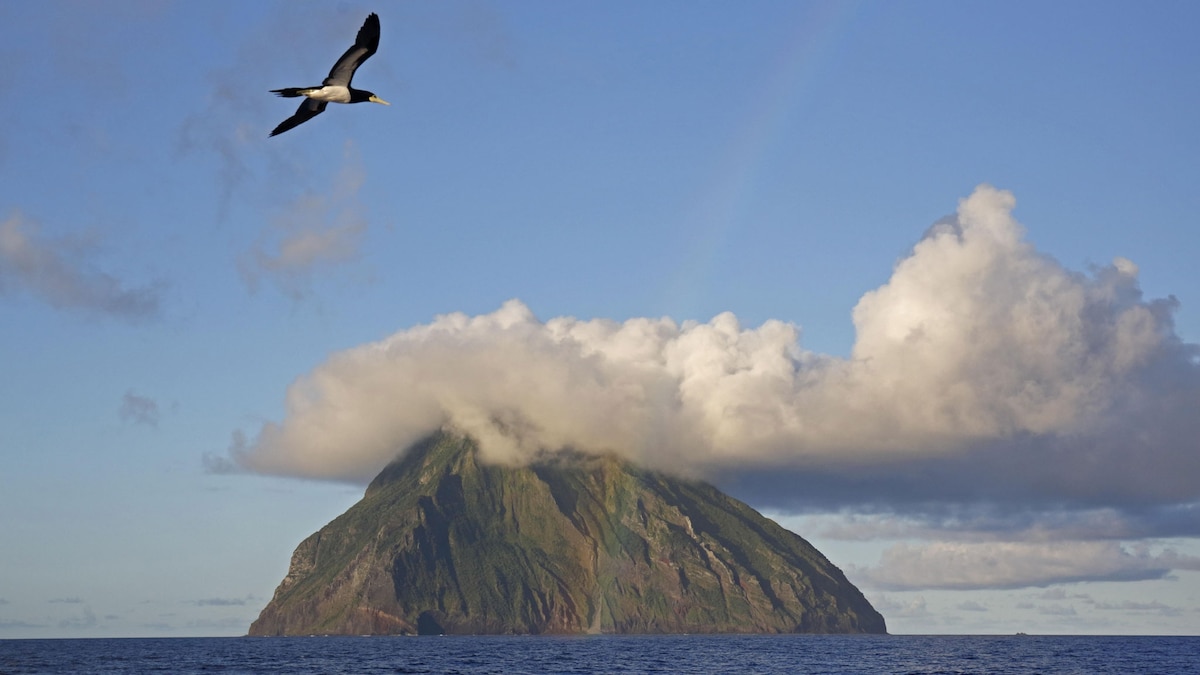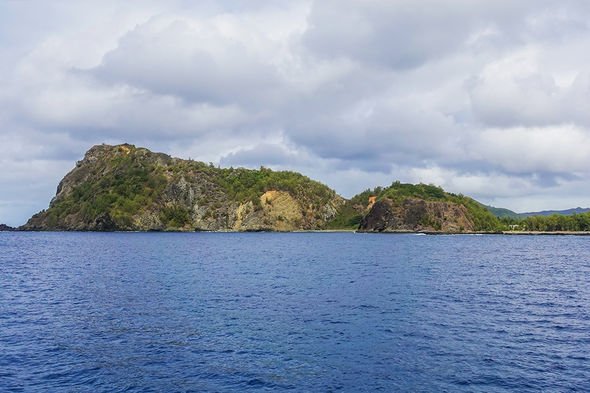One spring evening six years ago, hundreds of miles underground, our planet began to rumble from a series of peculiar earthquakes. Most of Earth's temblors strike within a few dozen miles of the surface, but these quakes stirred at depths where temperatures and pressures grow so intense that rocks tend to bend rather than break.
The first jolt, which struck off the coasts of Japan's remote Bonin Islands, was recorded at magnitude 7.9 and up to 680 kilometers (423 miles) underground, making it one of the deepest quakes of its size. Then another oddity emerged in the cascade of aftershocks that followed: a tiny temblor that, if confirmed, would be the deepest earthquake ever detected.
The ultradeep quake, described recently
in the journal Geophysical Research Letters, is estimated to have struck some 751 kilometers (467 miles) beneath the surface in the layer of our planet known as the lower mantle, where scientists have long thought earthquakes unlikely, if not impossible. While there have been hints of lower mantle quakes before, researchers have struggled to pinpoint them within this layer of the Earth.
"This is by far the best evidence for an earthquake in the lower mantle," says
Douglas Wiens, a seismologist specializing in deep quakes at Washington University in St. Louis who wasn't part of the study team.
Some scientists caution that more research is needed to confirm the quake is real and did indeed strike in the lower mantle. While the boundary sits an average of 660 kilometers (410 miles) underground, it can vary around the globe. Under Japan, the lower mantle is believed to start about 700 kilometers (435 miles) down. The team detected several aftershocks around this depth—but one particular quake sat well beyond.
While deep quakes don't cause the same kind of devastation as their shallow counterparts, studying these events can help scientists decipher the enigmatic ways our planet shifts far beneath our feet. Seismic shudders are among the few windows into our planet's interior workings—and each unexpected happening, like a quake in the lower mantle, could offer new views into the underworld.
Rare lower mantle quakes may be possible in particular conditions, says
Heidi Houston, a geophysicist and deep quake expert at the University of Southern California who was not part of the study team. "It can't be ruled out," she says. "That's one of the things that makes this interesting and exciting and important to look into."
Rumbles from the deep
The magnitude 7.9 temblor was an oddity on its own. The great depth and large size of this quake shook the Earth near and far. Populations across all of
Japan's 47 prefectures reported feeling the earthquake, which is a first in more than 130 years of record-keeping.
In contrast, the vast majority of quakes are shallow. Of the
56,832 moderate to large earthquakes recorded between 1976 and 2020, only about 18 percent were deeper than 70 kilometers (43 miles). Even fewer, some four percent, struck below 300 kilometers (186 miles), which is the depth commonly used as a cut-off for identifying "deep earthquakes."
Jason Treat and Katie Armstrong, NG Staff.
Sources: Zhongwen Zhan, Annual Review of Earth and Planetary Sciences, 2019;
Global Centroid Moment Tensor database.
For nearly a century—since English astronomer and seismologist
Herbert Hall Turner spotted the first deep quake in 1922—scientists have puzzled over how these quakes can happen at all.
Near the surface, tectonic plates' slow-motion battles build up stress until the ground fractures and shifts, sending out the shudders of an earthquake. Deep in Earth's underbelly, however, high pressures prevent similar jolts. "Everything is just very strongly compressed in all directions," Houston says.
Add in the sizzling temperatures deep underground, and rocks act more like putty than solid chunks, says
Magali Billen, a geodynamicist at the University of California, Davis, who was not part of the new study. She demonstrates this during a video interview using a bubble-gum pink lump of Silly Putty. As she draws it out slowly, it stretches and flows into ropey strands. But if rapidly deformed, “that’s when it breaks,” Billen says. She yanks swiftly on the rosy blob and, with a faint pop, it splits in two
"What is it that makes that happen?" Billen asks.
To explore this question, University of Arizona seismologist
Eric Kiser and his colleagues took a closer look at the large quake under the Bonin Islands, which lit up seismometers around the world, including Japan's dense network known as the
Hi-Net array.
The team sifted through Hi-Net's trove of data in search of tremors that followed in the wake of the big quake. Such a large event would send energy ricocheting through the subsurface, which can obscure small aftershocks. To amplify the small signals amid all the noise, the researchers used a method known as back-projection, which allows them to stack the data from multiple seismometers. Sure enough, four aftershocks rumbled between 695 and 715 kilometers deep, and another stood apart from the pack: a quake 751 kilometers underground.






